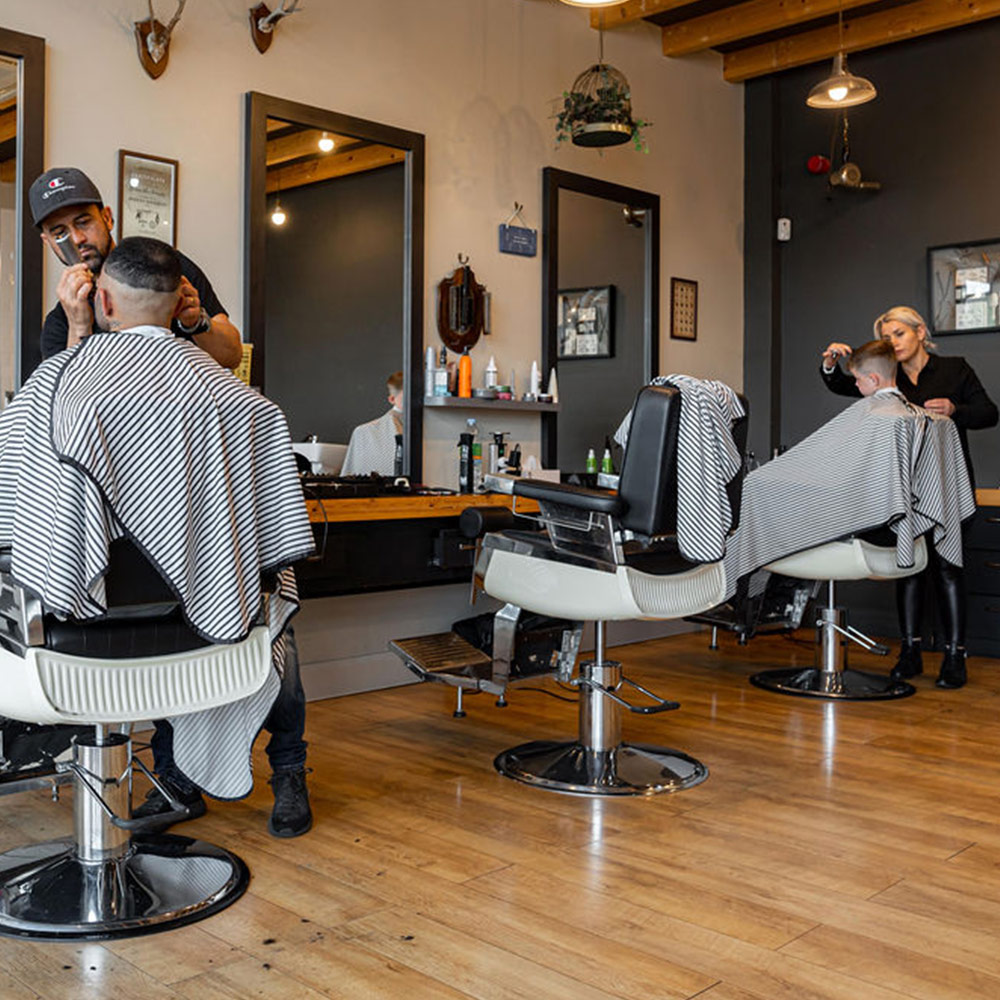Essential Sanitation Practices All Barber Should Steer Clear of to ensure Optimal Client Protection
Essential Sanitation Practices All Barber Should Steer Clear of to ensure Optimal Client Protection
Blog Article
Upholding adequate hygiene remains crucial for any field that entails direct interaction with clients, especially within the barbering field. Hairdressers play an integral part in helping people appear and feel their finest, but this duty comes alongside the need for rigorous hygiene protocols. For the safety of customers and barbers alike, there are numerous essential hygiene measures that should be prevented. Recognizing these practices can assist ensure a sanitary and secure setting in barbershops.
One of the most common hygiene mistakes barbers should avoid is the recycling of individual styling tools without proper cleaning. Instruments such as shears, trimmers, and brushes can hold bacteria and pathogens if they are not cleaned after each use. Barbers should consistently sanitize their instruments with appropriate solutions or wipes after customers. Neglecting to do so could result to the transmission of diseases, which can have grave consequences for clients. Establishing a schedule for sanitizing and sanitizing tools is not just a best protocol; it is a vital aspect of upholding a safe work environment.
Another habit to prevent is neglecting to wash one's hands consistently. Barbers interact with multiple customers in a single-day shift, and their hands can easily pick up germs and pathogens. It is crucial for barbers to wash their hands meticulously with detergent and liquid before and after each client. Additionally, using hand disinfectant can be an efficient way to further minimize the transmission of pathogens. Neglecting this step can compromise customer security and may result in infections or ailments that could have been easily prevented.
Adequate cleanliness of the barber shop setting is also critical. Stylists should refrain from overlooking surfaces that are frequently touched, such as chairs, countertops, and lounge area chairs. These areas should be disinfected and sanitized regularly to minimize the risk of cross-contamination. Establishing a disinfection routine can help stylists copyright additional resources a hygienic environment. This practice not only protects clients but also improves the general atmosphere, making clients feel more comfortable and valued.
Additionally, stylists should avoid utilizing items that have not been kept or managed properly. Hair products such as styling gels, hair sprays, and serums can become contaminated if they are left unsealed or incorrectly kept. It is crucial for stylists to examine expiration dates and to store items in a chilly, dry place. Discarding any outdated or questionable items is essential to ensure customer well-being. Using contaminated items can cause to skin irritations or allergic responses, which can damage a barber's reputation and harm customers.
To conclude, barbers have a duty to maintain high levels of hygiene to ensure the safety and health of their customers. By avoiding the recycling of unsterilized tools, overlooking hand hygiene, overlooking surrounding sanitation, and using improperly check stored items, barbers can create a secure and inviting atmosphere. Understanding and applying these essential sanitary protocols not only protects clients from diseases but also cultivates trust and loyalty. A sanitary barber shop is a successful barber shop, in which both barbers and clients can feel assured and secure.